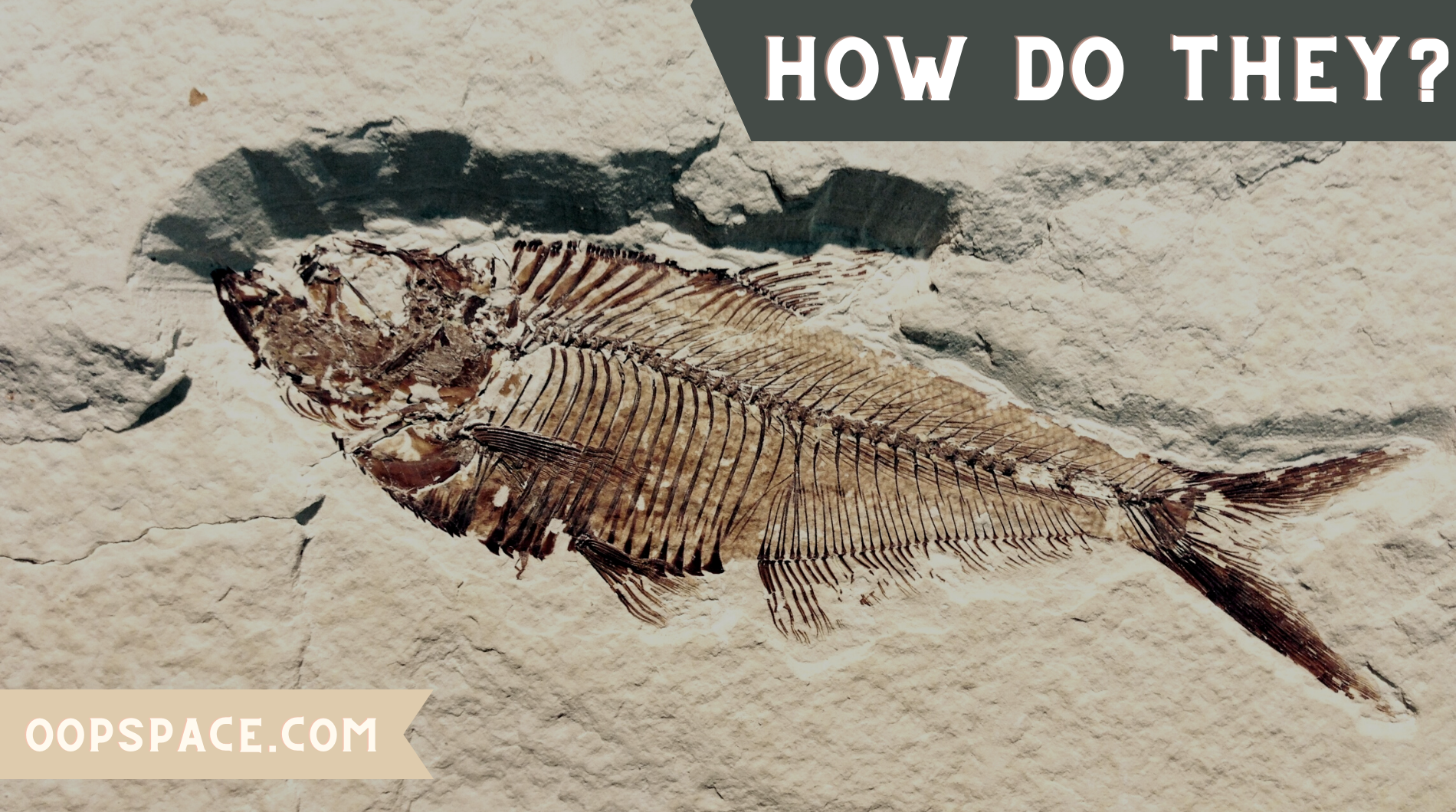How do scientists find the age of something?

Today, scientists have already developed ways of finding the age of something. There are a lot of different approaches to estimating the age of something, but for animals and plants, most scientists use radiocarbon dating. It’s a technique used by scientists to measure the amount of radioactive carbon-14 present in organic material. By doing this, they can find out how old that organic material is.

Process of an experiment to find the age of something
In order to find the age of something, scientists, first of all, will cut the organic material into smaller pieces. Next, organic material will be placed in a machine that separates the carbon-14 from the rest of the carbon. Scientists will then use a Geiger counter to count how many radioactive carbon-14 atoms are in each sample. The ratio of radioactive carbon-14 to stable carbon can then be used to find out how long ago the organic material was alive.
What about the accuracy of the age?
In radiocarbon dating, the accuracy is around 3500 years. This means that if the material was alive 3500 years ago, it will be counted as alive. However if it was born 3750 years ago, it will be counted as dead. The more times the organic material is used for measuring, the smaller and smaller errors there are because scientists can find out how many carbon-14 atoms there are from one actual atom of carbon-14.
Why do we need carbon-14?
Carbon-14 is needed by plants and animals because all chemical reactions need at least one type of atom to react with other elements. The chemical reactions in animals and plants will be incomplete if they only have one type of atom – carbon-12. This is important because we need to know how old something is so that we can estimate the amount of time it has been alive.
Also read: Why did evolution produce only one intelligent species on Earth?
The importance of radiocarbon dating in the 21st century
Scientists have used radiocarbon dating since 1949 to learn more about our past. They have also used this to confirm the theory that humans evolved from natural organisms millions of years ago. It is important to know how old something is because it sometimes happens that pieces of historic objects are found in other places, but they can be only identified correctly after they are found. Carbon-14 dating techniques can be applied to prehistoric fossils, charcoal, and other sources of organic material. This can reveal how ancient life appeared, lived, and died before recorded human history.
Can we find the age of non-living things as well?
Yes, we can find the age of non-living things as well. We can measure the amount of radiation that has been absorbed by a rock or a mineral. This can tell us how long ago a certain rock or mineral was formed. One example is carbonate built in coral reefs. The amount of radioactive carbon-14 in this material will help us to determine how long it takes for coral to build up the whole reef.
The oldest fossils ever found
The oldest fossils ever found are about 3.4 billion years old. They are called stromatolites. Stromatolites are rock/mud structures that have been built from living creatures such as cyanobacteria (bacteria that can photosynthesize). The structures of these living creatures were preserved and are still there today! By using radiocarbon dating, scientists were able to find the age of these fossils and the age of the Earth at that time.
Radiocarbon dating is an important method that scientists use every day to find out age something or someone. It helps to find the age of all living organisms. In the future, with more research, scientists hope to find out how old prehistoric fossils are.

